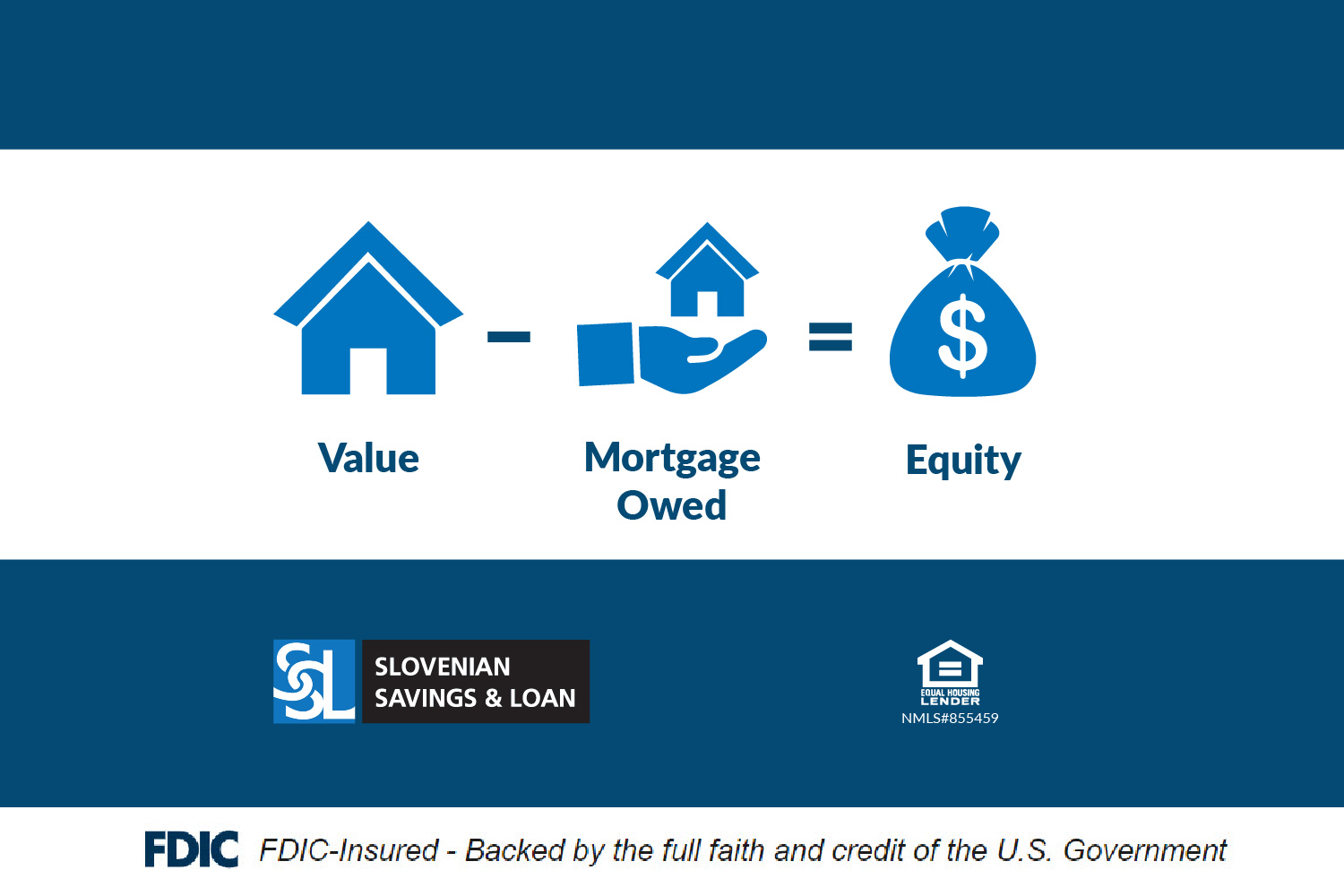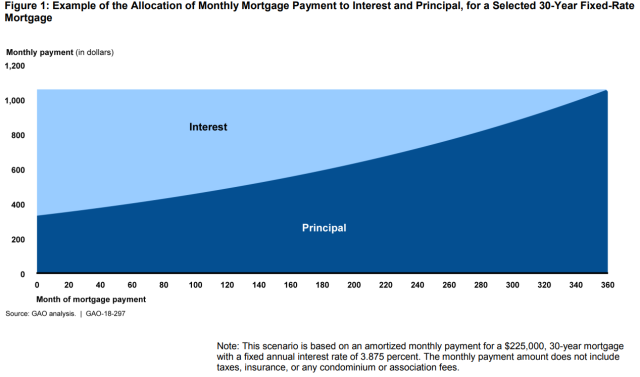A Comprehensive Guide to Picking the Right Equity Release Mortgages for Your Requirements
Choosing the ideal equity Release mortgage is a considerable choice for numerous house owners. It involves comprehending numerous products and assessing individual financial requirements. With choices like life time mortgages and home reversion plans, the course can appear complex. Secret factors to consider consist of rate of interest and versatility. As people navigate this landscape, considering potential dangers and advantages becomes essential. What elements should one focus on to guarantee the most effective result?
Recognizing Equity Release Mortgages
Equity Release home loans supply an economic solution for home owners aiming to access the value locked in their buildings. Primarily made for individuals aged 55 and over, these mortgages allow them to convert part of their home equity into money while remaining to reside in their homes. House owners can make use of these funds for numerous objectives, such as supplementing retired life revenue, moneying home renovations, or covering health care expenses. The core principle behind equity Release is that the car loan is paid back upon the house owner's fatality or when they relocate into lasting treatment, at which aim the residential or commercial property is usually sold to settle the financial debt. This approach makes it possible for people to enjoy the benefits of their home's worth without requiring to move. It is vital for prospective borrowers to recognize the ramifications of equity Release, consisting of prospective impacts on inheritance and recurring financial dedications, prior to making a decision.
Kinds Of Equity Release Products
When exploring equity Release products, it is vital to understand the major kinds offered. Lifetime home mortgages, home reversion plans, and drawdown plans each deal special attributes and advantages. Assessing these alternatives can help individuals in making enlightened monetary choices regarding their home.
Life Time Home Loans Explained
Life time mortgages stand for one of one of the most common kinds of equity Release items offered to homeowners in retired life. This sort of home loan permits individuals to obtain against the worth of their home while preserving possession. Usually, the financing and interest built up are paid back when the homeowner passes away or relocates into lasting care. Debtors frequently have the choice to choose in between variable and fixed rate of interest, in addition to whether to make monthly repayments or let the rate of interest roll up. The quantity available to borrow usually relies on the property owner's age and property value. This economic solution can offer senior citizens with necessary funds for different needs, including home renovations or added earnings, while enabling them to remain in their homes.
Home Reversion Schemes

Drawdown Plans Overview
Drawdown plans stand for an adaptable choice within the spectrum of equity Release products, allowing house owners to access their home's worth as required. These strategies allow individuals to Release a part of their home equity incrementally, instead of getting a swelling amount upfront. This versatility can be especially valuable for taking care of funds with time, as consumers just pay rate of interest on the amounts they withdraw. Usually, drawdown strategies come with a pre-approved limit, making certain that home owners can access funds when necessary without reapplying. In addition, this technique can assist alleviate the impact of compounding interest, as less money is borrowed initially. Overall, drawdown strategies provide to those seeking financial adaptability while maintaining control over their equity Release trip.
Secret Aspects to Think About
When picking an equity Release home mortgage, a number of key aspects require mindful factor to consider. Rate of interest contrast, the loan-to-value ratio, and the flexibility of functions provided can greatly affect the suitability of an item. Examining these elements will certainly help people make educated decisions that straighten with their monetary goals.
Rates Of Interest Contrast
Navigating the landscape of equity Release home loans calls for careful factor to consider of interest prices, which play a crucial function in determining the general expense of the lending. Customers should contrast fixed and variable rates, as fixed prices supply stability while variable rates can rise and fall based on market problems. Additionally, the timing of the rate of interest lock-in can greatly affect the complete repayment amount. Potential consumers must likewise review the interest rate (APR), that includes various fees and expenses connected with the home mortgage. Understanding the ramifications of different interest prices will certainly make it possible for individuals to make informed choices tailored to their monetary situation. Ultimately, a comprehensive analysis of these elements can cause more positive equity Release outcomes.

Loan-to-Value Proportion
The loan-to-value (LTV) ratio acts as a vital metric in the domain of equity Release home mortgages, affecting both eligibility and loaning capacity. It is calculated by dividing the amount of the financing by the assessed worth of the home. Generally, a higher LTV ratio suggests a better risk for loan providers, which can lead to stricter loaning criteria. The majority of equity Release products have particular LTV limitations, commonly determined by the age of the customer and the value of the home. LTV proportions normally vary from 20% to 60%, relying on these factors. Understanding the implications of the LTV ratio is important for customers, as it directly affects the amount they can access while ensuring they remain within risk-free line of credit.
Flexibility and Features
Understanding the versatility and functions of equity Release mortgages is important for customers seeking to maximize their financial options. Different products use varying levels of versatility, such as the capability to make partial payments or the choice to take a lump sum versus regular withdrawals. Debtors need to also take into consideration the portability of the home mortgage, which enables them to move it to a brand-new residential property if they make a decision to move. Added functions like the ability to consist of member of the family or the choice for a no-negative-equity guarantee can boost protection and satisfaction. Ultimately, reviewing these aspects will help consumers choose a plan that aligns with their lasting monetary objectives and individual situations.
The Application Refine
Exactly how does one navigate the application procedure for equity Release home loans? The journey begins with reviewing eligibility, which generally requires the candidate to be at the very least 55 years old and have a significant part of their home. Next off, individuals must gather required documents, including evidence of identity, earnings, and home valuation.Once prepared, applicants can come close to a lender or broker specializing in equity Release. A monetary expert may additionally give important assistance, ensuring that all alternatives are considered. Following this, the applicant sends an official application, which consists of an in-depth assessment of their economic circumstance and building details.The lending institution will then carry out an assessment, which might include a home assessment and conversations concerning the candidate's demands and scenarios. The procedure finishes with a formal offer, allowing the applicant over at this website to evaluate the terms prior to making a decision. Clear interaction and understanding at each action are necessary for an effective application.

Costs and prices Involved
Many prices and costs are connected with equity Release mortgages, and possible borrowers must understand these financial factors to consider. Originally, there may be an application charge, which covers the lending institution's administration expenses (equity release mortgages). In addition, appraisal charges are typically needed to evaluate the building's worth, and these can vary considerably based upon the residential or commercial property's size and location.Legal fees should likewise be factored in, as debtors will certainly require a lawyer to browse the legal elements of the equity Release procedure. Some lenders may enforce very early payment charges if the home mortgage is paid off within a details term.It is crucial for consumers to extensively review all prices connected with an equity Release mortgage, as they can influence the overall worth of the equity being launched. A clear understanding of these costs will certainly make it possible for people to make enlightened choices
Prospective Risks and Benefits
Equity Release home loans include a variety of costs and fees that can affect a debtor's financial scenario. They supply considerable benefits, such as access to funds without the demand to market the home, enabling borrowers to make use of the cash for retired life, home improvements, or to sustain member of the family. Potential dangers exist, including the decrease of inheritance for successors, as the loan quantity plus rate of interest must be paid off upon the borrower's fatality or move into long-term care. In addition, the building's value might not appreciate as anticipated, resulting in a bigger debt than expected. Borrowers might additionally deal with constraints on offering the building or moving. If equity Release straightens with their long-term financial goals, it is crucial for individuals to thoroughly evaluate these threats versus the benefits to identify. A detailed understanding of both aspects is important for making a notified choice.
Inquiries to Ask Prior To Devoting
When considering an equity Release mortgage, possible borrowers should ask themselves a number of important inquiries to assure they are making an educated decision. They should initially assess their economic circumstance, consisting of existing debts and future needs, to determine if equity Release is suitable. It is vital to inquire concerning the complete expenses entailed, including costs, rate of interest rates, and any type of penalties for very early settlement. Debtors must additionally ask exactly how equity Release will impact inheritance, as it might reduce the estate left for beneficiaries. Understanding the regards to the agreement is necessary; therefore, questions regarding the adaptability of the plan, such as the capacity to make settlements or take out extra funds, need to be dealt with. Possible borrowers ought to think about the reputation of the loan provider and whether independent economic suggestions has been sought to ensure all facets are completely recognized.
Often Asked Questions
Can I Choose Exactly How Much Equity to Release?
People can generally pick how much equity to Release from their residential or commercial property, yet the amount may be influenced by aspects such as age, building value, and lender requirements - equity release mortgages. Consulting with an economic advisor is advisable
What Happens if Home Worths Reduction?
If building worths reduce, the equity offered for Release decreases, possibly causing a circumstance where the superior home mortgage goes beyond the property worth. This circumstance might limit economic choices and effect future planning for property owners.
Can I Still Relocate Home With Equity Release?
The ability to move home with equity Release depends on the details regards to the equity Release strategy. Normally, numerous strategies allow home owners to transfer their equity Release to a brand-new property, based on approval.
Exactly How Does Equity Release Influence My Inheritance?
Equity Release can substantially impact inheritance. By accessing home equity, the overall worth of an estate may lower, possibly reducing what recipients receive. It's crucial for people to think about these implications when picking equity Release choices.
Are There Any Type Of Age Constraints for Applicants?
Age limitations for equity Release applicants generally require individuals to be at the very least 55 years of ages (equity release mortgages). Lenders may have added standards, commonly thinking about the candidate's economic circumstance and the residential property's worth during the examination procedure
Verdict
In recap, picking the best equity Release home loan calls for mindful analysis of specific financial situations and goals. By comprehending the numerous item kinds, essential aspects, and associated next prices, customers can make informed choices. Additionally, acknowledging possible threats and advantages is necessary for long-term monetary security. Seeking independent financial suggestions can further boost the decision-making procedure, making sure that the chosen equity Release remedy lines up with the property owner's overall monetary method and future aspirations. Equity Release home loans provide an economic remedy for property owners looking to access the value secured in their buildings. Comprehending the adaptability and functions of equity Release mortgages is vital for borrowers seeking to optimize their financial options. Some loan providers may impose very early payment charges if the mortgage is paid off within a particular term.It is vital for debtors to thoroughly evaluate all expenses read here linked with an equity Release home mortgage, as they can impact the general value of the equity being released. The capacity to relocate home with equity Release depends on the details terms of the equity Release strategy. Looking for independent economic guidance can even more enhance the decision-making procedure, making certain that the selected equity Release solution straightens with the home owner's total monetary approach and future desires.